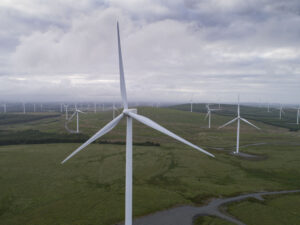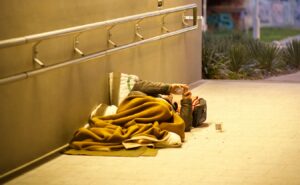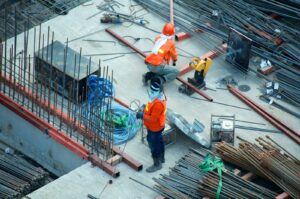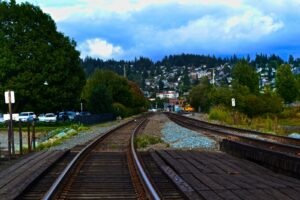
The ‘living wall’ at Paradise Park’s Children’s Centre in Islington died three years after it was installed
Sustainability is a priority worldwide but the term has become a tag added often unthinkingly to guarantee the validity of policies, products and values. If we are serious about it we need to ensure we agree on what it means and how to attain it, says Silvio Caputo
Sustainability is generally regarded as a way of living that will not undermine the capacity of future generations to enjoy the world’s resources. Sustainability is therefore about the future. But since the future is inherently uncertain, how can we be sure that what we put in place today in the name of sustainability will deliver what it promises? The answer could be: it must be flexible enough to adapt to future conditions whilst continuing to be resource-efficient. It must be resilient.
We all know that the built environment is responsible for more than 40% carbon emissions as well as a vast use of water and other materials. Much effort is therefore put in developing and regenerating cities sustainably. There’s an irony, however, in the investment by planners and developers in ‘sustainable’ developments – when decisions about what is ‘sustainable’ are usually based on current needs and aims without considering the eventuality that these can change in the future.
A scheme which puts an emphasis on insulation and energy efficient heating systems may seem a positive and inevitable step forward for new property stock. But what if average temperatures rise and the main problem becomes keeping cool? That’s why the concept of resilience is so useful. It conveys the ability for developments to be adaptable and flexible enough to be usable in the long-term, through climate change and social and economic changes.
The followings are some examples of sustainable initiatives that were implemented with the best intentions but proved to be vulnerable to future threats.
- In 2005 a green wall was installed in Islington to increasing local biodiversity and as a good example of commitment to the environment. The vegetation died a few years later because of failure of the irrigation system. Eventually the wall was replaced with plants in a raised bed and a trellis, which will probably prove to be a cheaper and more resilient alternative.
- One of the non-mandatory requirements of the Code for Sustainable Homes – level 3 – is to provide a clothes drying space. The provision of a fixture for the clothes line gives one point on the total energy score. However, occupants of the dwelling may choose to use a tumble dryer, thus consuming more energy than claimed in the initial design scheme.
These are very simple examples. They are nevertheless indicative of the risks associated with decisions that planners and designers take daily and which are meant to achieve objectives that sometimes remain unattained. The first example led to unnecessary expenditure, whereas the second could lead to an increase of energy consumption. A careful evaluation of future risks could instead result in the identification of solutions that are more effective and resilient.
Large investments are being made today to make our cities more sustainable, and the success of these investments depends on their resilience and their capacity to perform sustainably, no matter what the future holds, through adaptation. This requires a different thinking in planning and designing. As budgets become more restricted – and scrutinised – all major developments need to be future-proofed to ensure a long-term return on investment.
So how can planners and developers ensure that the benefits promised will be delivered? The Urban Futures project – a consortium of the University of Birmingham, University of Exeter, Lancaster University, Birmingham City University and Coventry University – has developed a method and an open access tool for this purpose. It enables a focus on the benefits each solution is expected to deliver and on the necessary conditions for this to happen over the lifetime of the development.
A range of different scenarios portraying the urban context in 2050 are used to ask ‘what-if’ questions around changes in society, technology, environment, economy and policy. This process helps uncover loopholes in the options considered. Where there are variable benefits or lack of benefits depending on the future scenario then it’s possible to introduce greater resilience or find an alternative solution. This process allows decision-makers to step outside the pressure of current needs and trends, a present-focused mindset which convinces us that we are following a linear path into the future.
The method – and the online tool – can be useful to a wide variety of public and private sector decision-makers, including community stakeholders, urban designers, planners, developers, architects, and engineers. It is applicable to sustainability solutions at all scales: from the planting of an individual street tree, to building systems such as appliances or water systems, to a mixed use policy implemented at a regional or national scale.
- The Urban Futures Tool can be accessed at http://www.urban-futures.org/
















Leave a Reply